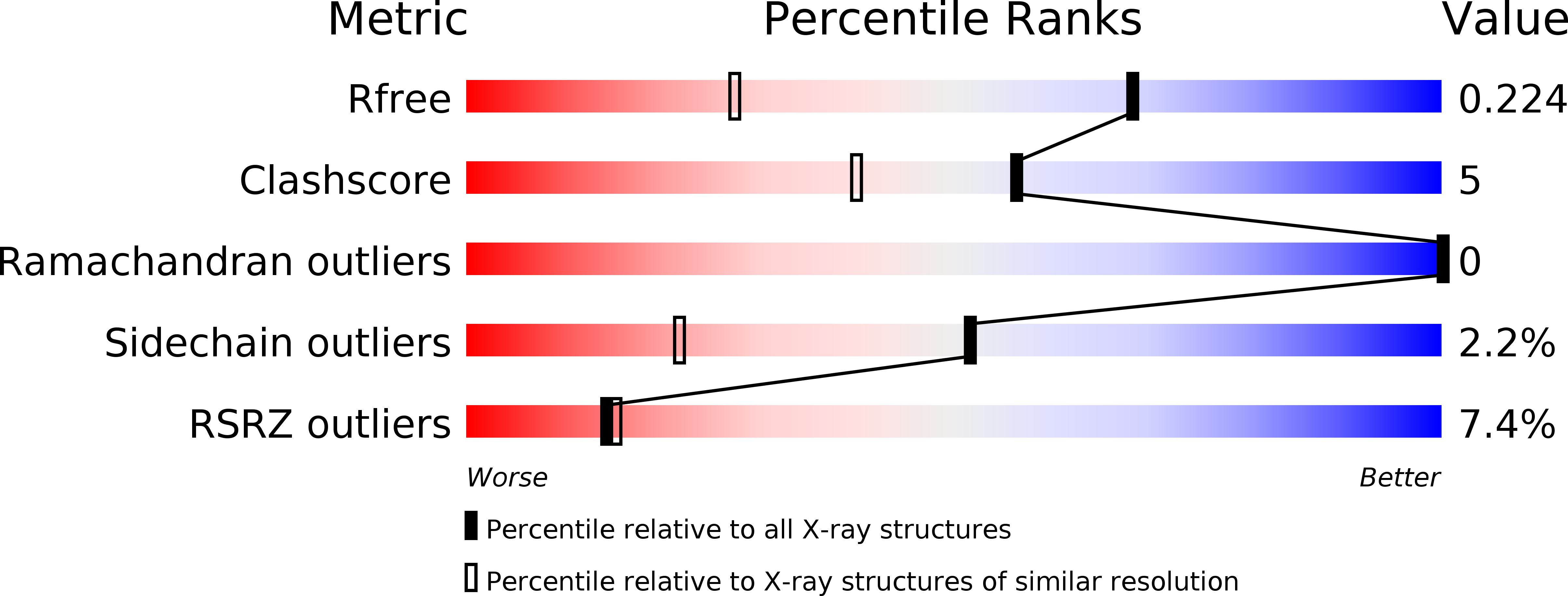
Deposition Date
2014-02-27
Release Date
2014-09-03
Last Version Date
2024-11-06
Entry Detail
PDB ID:
4PPT
Keywords:
Title:
Engineered Dual Specific VHH Antibody in Complex with a Nickel (II) Ion
Biological Source:
Source Organism:
Lama glama (Taxon ID: 9844)
Host Organism:
Method Details:
Experimental Method:
Resolution:
1.50 Å
R-Value Free:
0.22
R-Value Work:
0.19
R-Value Observed:
0.19
Space Group:
C 2 2 21


